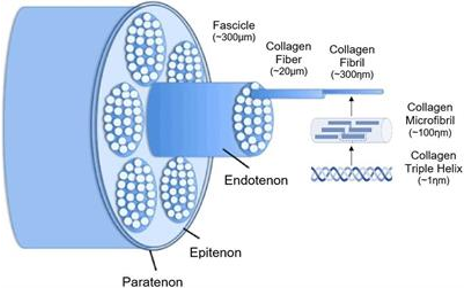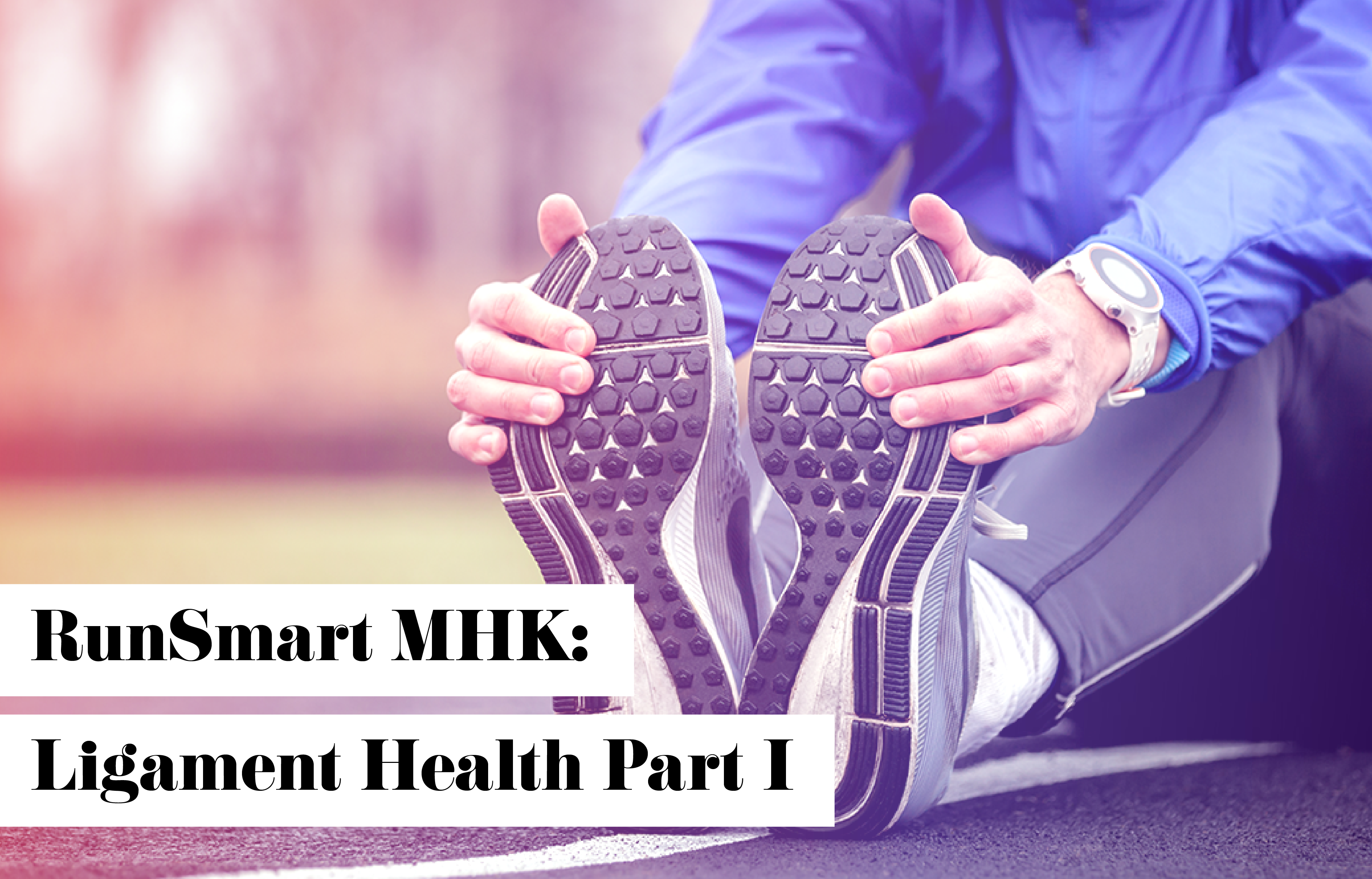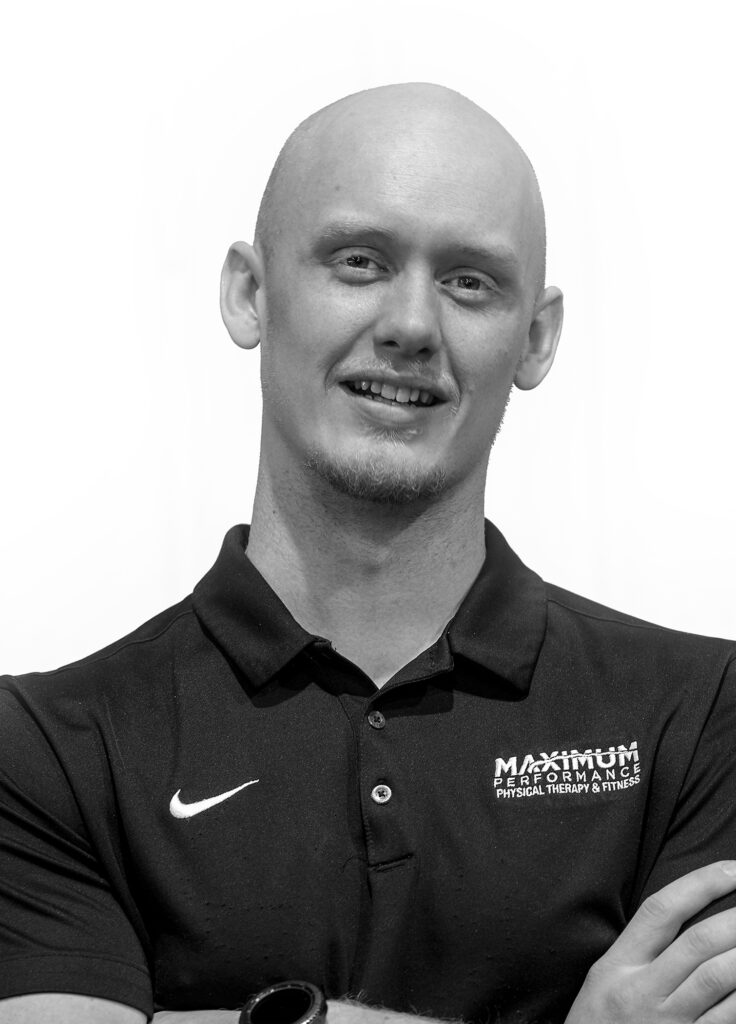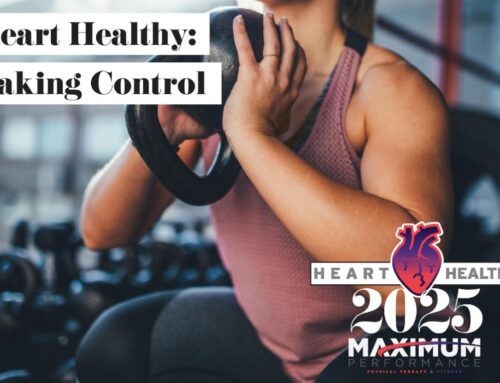Ligament Health Part I
Brenton Leighow, MS, CSCS, GFS,
Maximum Performance Personal Trainer
Welcome back to the RunSmart MHK blog series! In this post, we’ll discuss what ligaments are, why they’re important for runners, common injuries and how to strengthen them.In order to understand the strength of our ligaments, we first need to understand what a ligament is made of.

Collagen fibers are made up of tightly grouped bundles of collagen fibrils, which are made up of even more tightly grouped collagen microfibrils. Thesecollagen microfibrils are made up of collagen molecules, which are tightly bound to parallel collagen molecules through a chemical bond. All of that, combined with the fact that there are very few metabolically active cells in ligaments, make the need for oxygen and blood supply very low (1). The lack of blood flow to our ligaments can be both a plus and a minus, depending on which way you look at it. The lack of blood vessels makes our ligaments even stronger since they are so tightly bonded and bundled. However, the lack of blood supply makes recovery a longer process compared to muscle injuries.
Ligaments have been found to heal and grow best when there’s a stimulus from high forces, relative to ligament capacity. This doesn’t mean the best way to heal a torn ligament is by squatting your 1RM; but according to research, one of the best ways to avoid a ligament injury is to expose it to external loads in a systematic and progressive approach. The way this works is through procollagen, which consists of three strands twisted into a triple helix. This small procollagen aligns parallel alongside other procollagen triple helices, which then bind together with the help of enzymes. The specific enzyme needed to cause this bond increases in response to resistance training (1). When enzyme levels are high, they cause the procollagen to bind together, forming a microfilament, the small component of your ligaments. (2. Collagen image) We’ll dive further into this with examples in our next post.
Citations
- “Essentials of Strength Training and Conditioning (Fourth Edition). Human Kinetics”
Haff, Triplett, N. T., & National Strength & Conditioning Association. (2016). - Meeremans, M., Van de Walle, G. R., Van Vlierberghe, S., & De Schauwer, C. (2021).
The lack of a representative tendinopathy model hampers fundamental mesenchymal stem cell research. Frontiers in Cell and Developmental Biology, 9.




